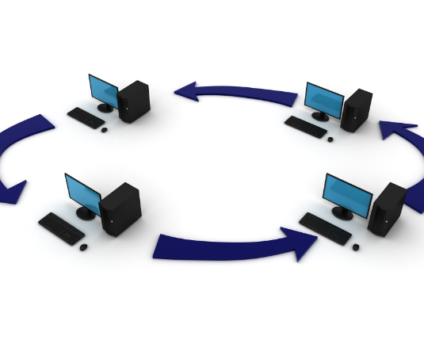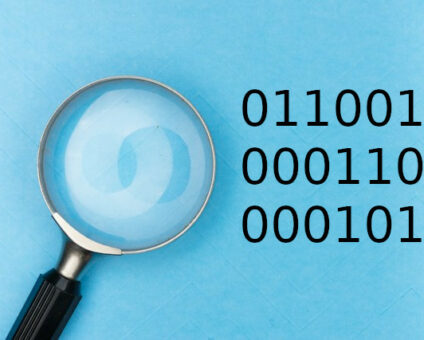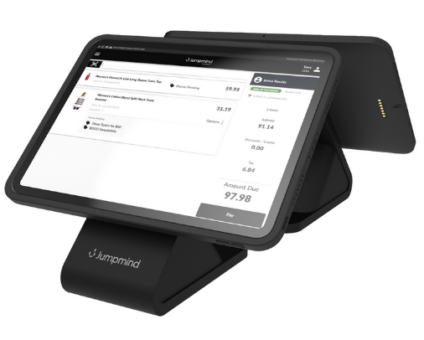Retailers are constantly looking for new ways to generate revenue and stay competitive. One strategy …
![]()
Cloud-native POS platform for seamless omnichannel customer experience.
![]()
A single hub for all promotions campaigns.
- Omnichannel ExperienceCreate seamless customer experiences
- Device IndependencePOS agnostic to form factor or operating system
- Self-CheckoutDo more with fewer associates
- Mobile StoreLeverage POS from anywhere
- POS on the GoEnable associates to sell outside of the store
- Unified PromotionsStreamline and simplify promotion workflows
- CX ConnectAllow customers to engage with POS during checkout
- Composable CommerceCreate the store experience you want
![]()
The most advanced synchronization solution for databases and file systems.
![]()
Data configuration and batch automation across different disparate systems and vendors.
-
Data Replication
- Multi-tier DistributionReplicate thousands of remote locations
- Cloud Database ReplicationCapture live changes from on-premise to the cloud
- High Availability and Load BalancingEnsure 24/7 access to data and scale efficiently with demand
- Analytics and ReportingCapture the whole picture with real-time reporting
- Multi-masterMaintain consistency of data in a peer to peer setup
- Data WarehouseReplicate live and historical data to a warehouse
- MigrationsConduct live data migration with no downtime
-
-
Data Integration
- Master Data ManagementChanges propagate across the entire system, allowing you to maintain a centralized view of all parts of your core business entities.
- Application IntegrationReduce dependencies, complexity, and risk to build a high-performance, data-driven application.
- Web ServicesIntegrate multiple systems using web services or build a business application using a service-oriented architecture.
- Data WarehouseIntegrate disparate data from multiple systems so you can transform data for better business intelligence and reporting.
- Data MigrationConduct live data migration during critical server replacements, storage upgrades, and data center relocations—with no downtime.
- ImplementationIntegration consultants help design, develop, and deploy an implementation of our products.
- DevelopmentThe product developers can add features, enhance existing functionality or build support for new platforms.
- TrainingEngage our experienced training resources to gain in-house knowledge and expertise on Jumpmind products.
- SupportLeverage product engineers to resolve issues, fix defects and provide updates or patches.
- Proof of ConceptDetermine the feasibility of implementing our products and get answers to your questions quickly.
Clienteling isn’t a new theory. It can be traced back hundreds of years when shopkeepers …
BOPIS, BORIS, and Curbside Pickup offer consumers and retailers the best of both worlds. …
View all Blog Posts
The SymmetricDS product can synchronize data between over forty different database platforms with out of …
Compare and Repair for SymmetricDS Pro can compare two databases, report on the differences, and …
Mobile replication with Android edge devices in near real time to an on-premise or cloud …
View all Blog Posts
Jumpmind President and CEO Joe Corbin to Lead Panel on Agility at Scale and Digitalizing …
Retail Technology Leader Jumpmind Brings Newfound Interactive and Personalized Digital Engagement to Inspire Shoppers at …
Retail Technology Leader Jumpmind Provides Enhanced Experiential Point of Sale and In-Store Engagement for Build-A-Bear Workshop …
View all Blog Posts
![]()
Cloud-native POS platform for seamless omnichannel customer experience.
![]()
A single hub for all promotions campaigns.
![]()
The most advanced synchronization solution for databases and file systems.
![]()
Data configuration and batch automation across different disparate systems and vendors.
-
Data Replication
-
-
Data Integration
-
Retail Retail trends, technology, and enhancing the customer experience
-
Data Thoughts on data matters, dialects, performance, and security
-
Case Studies How Jumpmind impacts the businesses of our clients
-
Videos & Webinars Watch on demand demos, reviews, and tours of our products
-
Company News Get the scoop on Jumpmind's growth and impact
View all Blog Posts
What’s New in SymmetricDS 3.1
What’s New in SymmetricDS Pro 3.1
The new release of SymmetricDS 3.1 will help you:
- Dynamically add tables to synchronization
- Migrate and backup data between database platforms
- Save time during configuration and testing
- Filter data through configuration using scripting
Select Tables with Wildcards
Quickly select and dynamically add tables to database synchronization using wildcard characters. Save time during configuration and even eliminate the need to make changes to configuration in the future as new tables are added. Specify data capture triggers as a list of comma-separated tables with wildcard matches.
The most specific configuration is used, so use the flexibility of wildcards and then add configuration for specific tables you want to override. Replicating new tables automatically as they are created can be used to build unique solutions that require the system to assemble itself in response to changes.
Data Export and Import Utilities
The dbexport and dbimport utilities provide a powerful set of options for extracting and loading data using the same core features and flexibility of SymmetricDS. With support for 12 different databases, SymmetricDS is the ideal tool for migrating data from one database platform to another. Data can be exported to files and imported using formats that are independent of the databases being used. Create backups and restore data to move data between environments. Extract subsets of data that you specify and publish it to another system. Add data filters to the import process for custom control of data as it loads.
Data Fill Testing
Test your configuration using the dbfill utility to insert random data into configured tables. By examining data types and sizes, it chooses appropriate data to place into tables. By examining foreign keys, it inserts dependent data in the right order to satisfy constraints. As the data syncs, you can verify that sync direction, options, and filters are performing as expected. Save time during configuration and ensure thorough testing by automating the test data set.
Load Filters Screen
Filter data using BeanShell scripts from a new Load Filters Screen. Use all the power of the data writer filter API from a simple scripting interface. Scripted filters are part of the configuration, so they easily migrate to each environment with the configuration export and import functions. Run the filter for a specific catalog, schema, or table name. Target the filter based on the direction the data is syncing. Examine the data from insert, update, or delete operations to decide whether to modify or filter data. Query for additional data to make decisions or enhance the current row. The new Load Filters screen makes it quick and easy to filter data without writing a Java plug-in.










